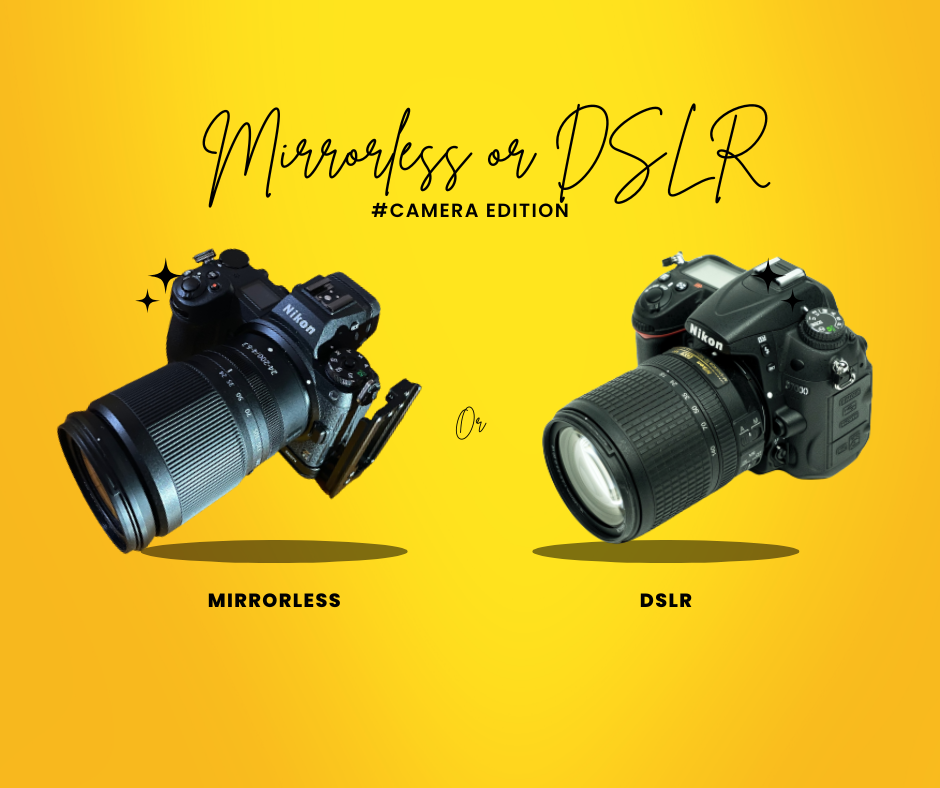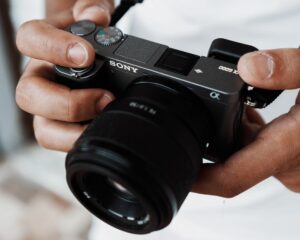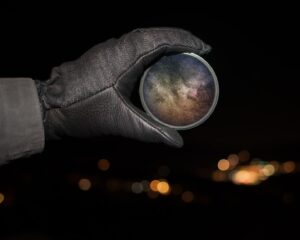The DSLR vs Mirrorless Camera and how the two cameras compare are the biggest argument and question currently in the world of digital Photography. Here, I itemized the major differences or how the two are compared in the perspective of a beginner in Photography.
If you are a beginner to Photography, the first question that usually pop will be: what kind of camera should I be using or should I buy?

DSLR (Digital Single Lens Reflex) and Mirrorless cameras are both popular options for photographers, but they have some key differences in terms of design and features. Here are some of the main differences between DSLR and Mirrorless cameras:
1. Design
A DSLR camera has a mirror and a prism system that reflects light into the viewfinder. When you press the shutter button, the mirror flips up, and the sensor captures the image. A mirrorless camera, on the other hand, does not have a mirror clearly based on its name or a prism system. Instead, the sensor is exposed to light at all times, and the image is displayed on an electronic viewfinder or a screen.
What does this signify then having or not having mirror? By not having a mirror, captured images is different which could shoot at a faster frame rate as there are no mirrors that needs to flip out of the way first.
2. Size and Weight
Generally, mirrorless cameras are smaller and lighter than DSLR cameras. This is because they do not have a mirror or a prism system. However, this difference in size and weight can vary between different models.
As a beginner Photographer, Mirrorless cameras gives you an advantage over DSLR as it gives the same image quality without having the weight and the bulk.
However, there are still some trade-offs using a mirrorless camera, such as the next major difference.
3. Battery life
Battery is still in continuous development for the mirrorless camera. They require and use a lot more power compared to DSLR though recent developments show that latest models of mirrorless camera has a battery that can last a whole day of ordinary shooting. DSLR cameras generally have longer battery life than Mirrorless cameras. This is because Mirrorless cameras use the battery to power the electronic viewfinder or the screen, which can drain the battery faster.
4. Autofocus
Both DSLR and Mirrorless cameras offer autofocus, but Mirrorless cameras generally have better autofocus systems. This is because the autofocus in Mirrorless camera is done through the image sensor, which allows for faster and more accurate autofocus.
Mirrorless Camera uses one autofocus system both for the view finder and for the rear screen although there are newer models that has an electronic view finder as second screen. This is helpful when you are shooting on a very bright sunny day.
DSLR though has one autofocus system for the viewfinder and another one for the rear screen, which is used for the ‘live view’ shooting.
5. Image Quality
The image quality of both DSLR and Mirrorless cameras is largely determined by the sensor and the lens. However, Mirrorless cameras tend to have newer sensors and more advanced image processors, which can result in better image quality.
However, when both cameras have the same image processor, this is not a major difference and can equally produce the same image quality.
6. Video
Mirrorless cameras are generally better for video than DSLR cameras. This is because Mirrorless cameras offer continuous autofocus and have better image stabilization, which is important for smooth video footage. Only high-end DSLR can produce 4K or Ultra HD quality videos, which makes the mirrorless cameras advantageous over DSLR because there are affordable models of mirrorless cameras, which can produce 4K or Ultra HD videos.
Overall, both DSLR and Mirrorless cameras have their own strengths and weaknesses. DSLRs are still a popular choice for many photographers because of their traditional design and longer battery life, while Mirrorless cameras offer newer technology and features, such as better autofocus and video capabilities. Ultimately, the choice between DSLR and Mirrorless cameras will depend on your personal preferences and the type of photography you want to do. After all, they are still both cameras, which at the end of the day takes photos and videos that becomes moments and memories to share.



